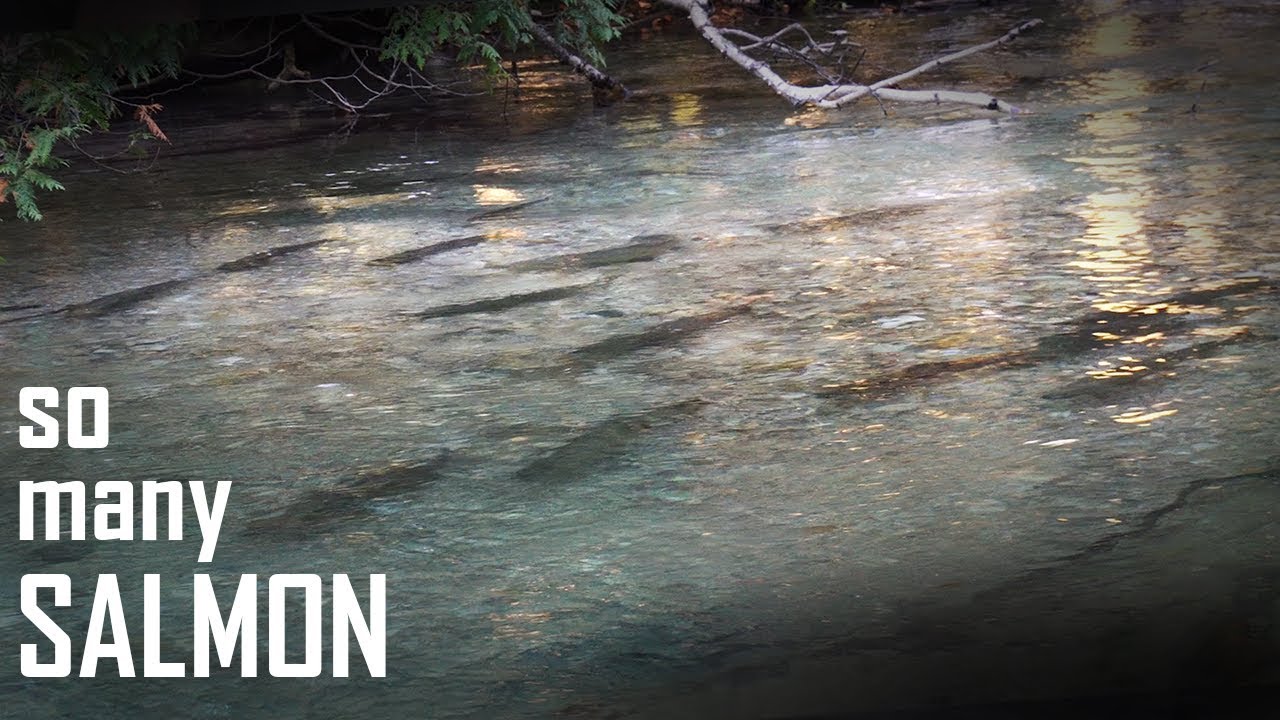Contents
Catch More Game Fish with a New Technique
“Scratching” is a new way to catch salmon and trout in fast-flowing water using traditional fishing tackle and an easy-to-do fishing technique.
Scratching” is a successful fishing technique developed in the braided rivers of Canterbury, New Zealand, to catch large sea-run salmon and trout in fast-flowing water.
Catch More Salmon and Trout
The technique is called “scratching” because the fishing tackle “scratches” along the river bottom like a hand working an area of itchy skin. The technique suits a variety of sand or rock-bedded world rivers where large game fish can be tempted.
Use a Heavy Fly Rod
Split-cane, aluminum or fiberglass, are best. Carbon-fiber rods can also be used but must be stiff. It must be flexible, not rigid like a thread-line.
Feathered Lures and a Weighted Line
Weight is critical. A large cigar-shaped lead (led) weight is attached to a tapered fly-fishing line from which trails a strong nylon leader the length of the rod. “Cigars” flow better over stone beds and “torpedo” thru the water in a natural movement. Below the weight, sport one or two large feathered lures at the end of the leader six inches to a foot apart. These mimic smelt moving in fast water a rod length below the lead weight.
Prevent Fishing Line Breaks
Because large fish are targeted in fast water often rushing over stones, the line needs protection from friction. When snagged, the fishing line will usually break where it rubs or pulls against the eyelet of the lead weight. Before securing the line to the lead weight, thread the line thru tiny plastic electrical wire sheaths emptied of their copper wire, about 1 cm in length. The diameter should be just slightly wider than the line. Thread the separate sheaths through the top and bottom eyelets of the lead weight and feed the line thru these and tie off above each eyelet. This technique pads the line above and below the weight.
Casting the Fishing Line
Standing at the water’s edge, lift the heavy line and weight up through the water and toss the tackle a few meters out into the fast-moving current directly across the river with an overarm action of the rod. The technique is a circular toss rather than a cast. The current will whip the tackle back past you and hug the downstream edge where fish more frequently lay as they move upstream in fast current. As it arcs round, allow the line to feed out with the current. Control the release with your finger and thumb.
Retrieving the Fishing Line
Draw the line back in using one of several fly-fishing techniques (the collected loop, figure 8 motion, or simply let the line drop-in coils at your feet as you draw it in with your other hand). The technique is to cover an arc of water in front and downstream of you on a frequent basis, with a lifting, “plonk,” retrieve motion.
Cover the Fishing Water
Frequency rather than distance is sought with a “scratching” cast, to draw a lure past a sitting fish until it grabs. Remember, salmon snap lures irritably or instinctively in freshwater where they do not feed; trout may grab a second or third pass of an identical lure having refused a suspicious first swim by. To widen your coverage area, take a few steps up or downstream with each cast.
Match Fishing Lures to Water Colour
In milky water use darker lures, in clear water, lures that mimic “smelt” fish. Rubber imitation fish can also be used. Once a large fish is hooked using this technique, the play is very dramatic on strong fly rod gear. Tight lines!

